Teen Kids News (Episode 2217)
"Teen Kids News (Episode 2217)" delves into the significant aspects of the First Amendment of the U.S. Constitution. It highlights how the Bill of Rights protects individual freedoms, with a focus on freedom of speech and the press. The segment demonstrates historical instances where these freedoms were defended, referencing John Milton and John Peter Zenger as pivotal figures. The episode emphasizes the relevance of these rights for student journalists by discussing recent censorship challenges faced by high school newspapers in the U.S. The Student Press Law Center is introduced as an organization that supports student journalists facing censorship, ensuring their First Amendment rights are upheld. Adding historical insight, the episode commemorates Dr. Martin Luther King Jr.'s "I Have a Dream" speech. This content is crucial in educating audiences on the importance of these constitutional rights and their impact on youth journalism.
Media Details
Runtime: 17 minutes 54 seconds
- Topic: Biographies, History, Social Science
- Subtopic: Culture and Society, Government, King, Martin Luther Jr., Social Issues, U.S. Constitution, U.S. History (General)
- Grade/Interest Level: 7 - 12
- Release Year: 2024
- Producer/Distributor: Eye Witness Kids News, LLC
- Series: Teen Kids News
- Report a Problem
Related Media

Teen Kids News (Episode 1348)

Teen Kids News (Episode 1346)

Teen Kids News (Episode 1334)

Teen Kids News (Episode 1347)

Teen Kids News (Episode 1344)

Teen Kids News (Episode 1340)

Teen Kids News (Episode 1339)

Teen Kids News (Episode 1216)

Teen Kids News (Episode 1028)

Teen Kids News (Episode 1049)
